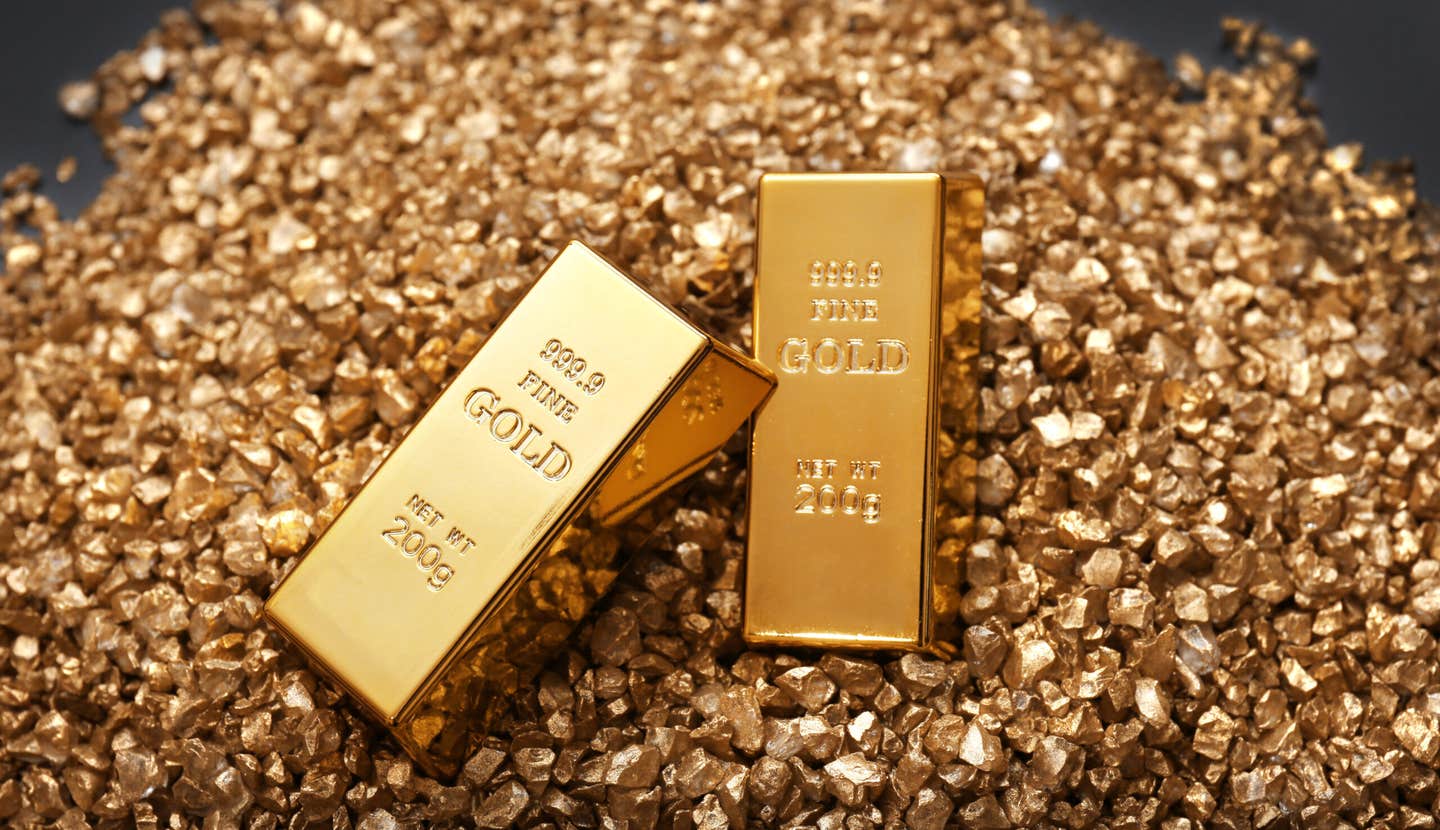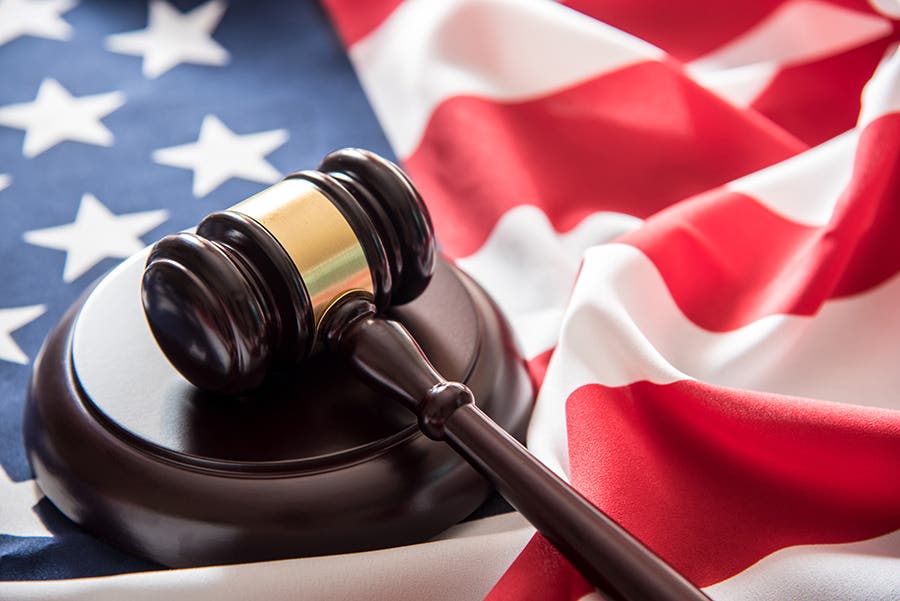A Nation’s Milestone in Metal: The U.S. Mint Plans 250th Anniversary Coins
In 2026, the U.S. Mint will celebrate America’s 250th Independence anniversary with special one-year designs for circulating coins. From the Declaration of Independence to civil rights, these coins are set to spark a collecting frenzy, capturing the spirit of the nation’s journey
For the 250th anniversary of American Independence, the U.S. Mint will commemorate the year by issuing into circulation a series of one-year designs on the cent through the half dollar. These issues were authorized in Section 3 of the Circulating Collectible Coin Redesign Act of 2020.
This law allows the Mint to strike up to five different quarter designs in 2026. Although the authorizing legislation had some flexibility regarding the themes to be used, it looks like there will be five coins next year to honor the Declaration of Independence, the U.S. Constitution, abolitionism, women’s suffrage, and civil rights.
The Mint may also issue a one-year U.S. dollar coin to honor the anniversary. If this happens, it isn’t yet clear whether the coins would be put into circulation or sold at premium prices by the Mint, as happens with current non-precious metal Native American and American Innovation dollars.
Every major change in American coinage or currency has sparked a surge of interest in numismatics. That happened with the discontinuation of the Half-Cent denomination and large cents in 1857, and circulating cents were issued with a much smaller diameter from then on.
There was a major surge in new collectors (including me) in 1964 when the Kennedy Half Dollar debuted to commemorate the recent assassination of that President. When the Statehood Quarter series debuted in 1999, so many people began assembling sets of them that, at one point, the U.S. Mint issued a news release claiming that 100 million people were collecting them.
When these new 2026 coins enter circulation, could there be another major surge in new coin collectors?
The ability to find different coins in circulation at face value creates a low-risk opportunity to become a collector. Therefore, in my judgment, the 2026 coin issues are certain to spark a surge in collecting interest.
The question is how much these commemorative issues will create interest among new numismatists. I suspect the results will be influenced by two factors in particular. First, the more coins that the Mint puts into circulation, the greater public demand will be. If the 2026 half dollars and dollars are all circulated instead of only being sold at premium prices to collectors, that would magnify public interest.
Second, this is an opportunity for numismatic organizations at national, regional, state, and local levels to promote the hobby. However, advance planning and timely execution are important to maximize positive outcomes. There are many ways to encourage the public to “check your change.” What ideas do you have to accomplish this goal?
Last week’s numismatic trivia question.
Last time, I asked— Which US currency artist used his wife as the model for part of one of his designs? Thomas F. Morris (1852-1898) assumed the office of the Chief of the Engraving Division of the U.S. Bureau of Engraving & Printing in 1893. In this position, he was responsible for designing the reverse sides of the Series 1896 $1.00, $2.00, and $5.00 Silver Certificates, now called the Educational Notes. These were the first U.S. currency issues to carry vignettes of Americans on the reverse. The back of the $5.00 Educational has a vignette of U.S. General and President Ulysses S. Grant at the left and Union General Philip Sheridan at the right. At the middle of the top is a woman’s head. In a 1968 book written by Morris’ son, Thomas F. Morris II, the author wrote that his mother, Thomas Morris’ wife, was the model for the design of this woman.
This week’s trivia question
Here is this week’s question. Which of the 42 men depicted on the reverse of the Series 1976 to date $2.00 Federal Reserve Note had a son and a great-grandson who later served as U.S. presidents? (Hint: it is not John Adams, whose son John Quincy Adams also served as U.S. President.) Come back next week for the answer.
Patrick A. Heller was honored as a 2019 FUN Numismatic Ambassador. He also received the American Numismatic Association 2018 Glenn Smedley Memorial Service Award, the 2017 Exemplary Service Award, the 2012 Harry Forman National Dealer of the Year Award, and the 2008 Presidential Award. Over the years, he has also been honored by the Numismatic Literary Guild (including twice in 2020), the Professional Numismatists Guild, the Industry Council for Tangible Assets, and the Michigan State Numismatic Society. He is the communications officer of Liberty Coin Service in Lansing, Mich., and writes “Liberty’s Outlook,” a monthly newsletter on rare coins and precious metals subjects. Past newsletter issues can be viewed at www.libertycoinservice.com. Some of his radio commentaries, "Things You ‘Know’ That Just Aren’t So,” and “Important News You Need To Know,” can be heard at 8:45 a.m. Wednesday and Friday mornings on 1320-AM WILS in Lansing (which streams live and becomes part of the audio archives posted at www.1320wils.com).
You may also like:








